I want to make a wearable metal trinket with the ATtiny85 chip acting as a capacitive sensor (with the same technique that this Arduino library uses), so it can detect when it's being worn.
Are there any health risks to touching what is effectively a low-voltage live wire for an arbitrarily long amount of time?
Here's the schematic from that link:
Be patient please, I'm a beginner :)


